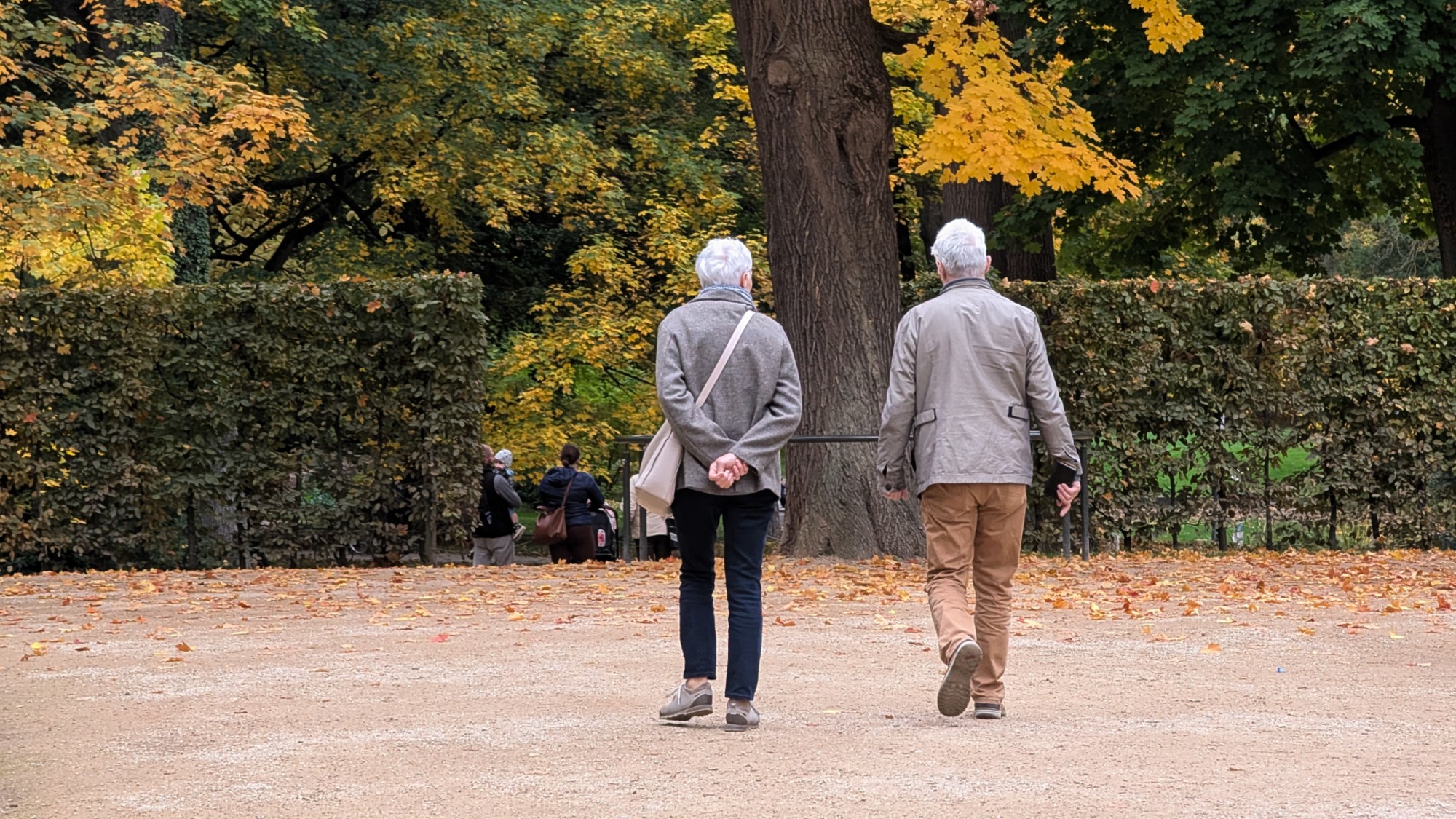Exhibit of the week: Wonder of the Age: Master Painters of India 1100–1900
Minute detailing is one of Indian painting's distinctive traits, and viewers at the Met's exhibit should pick up one of the magnifying glasses at the show’s entrance.
Metropolitan Museum of Art, New York
Through Jan. 8
Wonder of the Age is without a doubt “the most important Indian painting exhibition” in decades, said The Economist. Among the 220 works gathered for the Met’s three-month show, “masterpieces are commonplace,” and never before have so many been displayed with such clear focus on the artists who created them. Though India is home to a centuries-old painting tradition that rivals Europe’s and China’s in depth and quality, its most accomplished practitioners remained largely anonymous until Western scholars recently began putting names to individual works. “Wonder of the Age” was a nickname that a 17th-century emperor bestowed on naturalist painter Ustad Mansur, but it applies to many of the 40 artists showcased here. The result is “as inspiring an introduction” to Indian painting “as a neophyte could wish for.”
The Week
Escape your echo chamber. Get the facts behind the news, plus analysis from multiple perspectives.

Sign up for The Week's Free Newsletters
From our morning news briefing to a weekly Good News Newsletter, get the best of The Week delivered directly to your inbox.
From our morning news briefing to a weekly Good News Newsletter, get the best of The Week delivered directly to your inbox.
Pick up one of the magnifying glasses at the show’s entrance if you go, said Dan Bischoff in the Newark, N.J., Star-Ledger. Indian painting is “a world all its own,” and minute detailing counts among its distinctive traits. A long drama soon unfolds before you in the form of “an ancient argument between Hindu color and patterning and Persian storytelling and neoclassical portraiture.” The push and pull between the traditions began when the Mughal emperor Akbar the Great “swept down” from Kabul in 1570 to conquer and unite the country. Akbar commissioned Muslim and Hindu artists to work together on such projects as a 1,400-folio work chronicling the exploits of an early Muslim hero. From that book, the Met takes one dazzling page—an early salvo in a contest that would carry on until the 19th-century advent of photography “was able to kill off court painting like a bullet.”
That provides a murder mystery that any viewer will want to solve, said Blake Gopnik in Newsweek. Apparently, “there was something special in Indian art’s greatness that made it vulnerable to the camera” in a way Western painting was not. Almost every work here, whether its bloodlines are primarily Hindu or Mughal, is remarkable for “the sheer material plenty it displays.” The paintings ask to be read as lists, absorbed “sequentially, one feature at a time”—rather than at a single glance. We may, in fact, risk missing the point of this art by insisting on knowing the artists who produced it. India’s court painters were catalogers of abundance. If seeing differently isn’t part of the job, the camera becomes an unbeatable rival.
A free daily email with the biggest news stories of the day – and the best features from TheWeek.com


